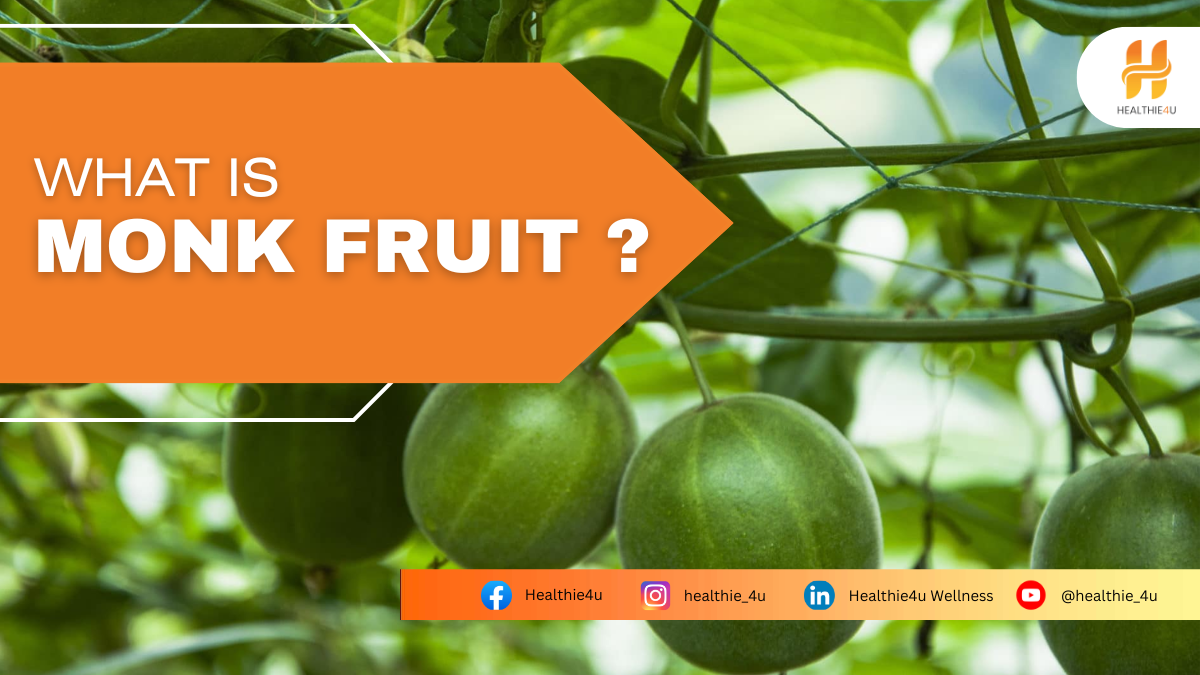
Curious about monk fruit? Discover why this natural, zero-calorie sweetener is becoming a favorite among health-conscious eaters. Learn its benefits, how it compares to sugar, and easy ways to use it in your diet.

Curious about monk fruit? Discover why this natural, zero-calorie sweetener is becoming a favorite among health-conscious eaters. Learn its benefits, how it compares to sugar, and easy ways to use it in your diet.
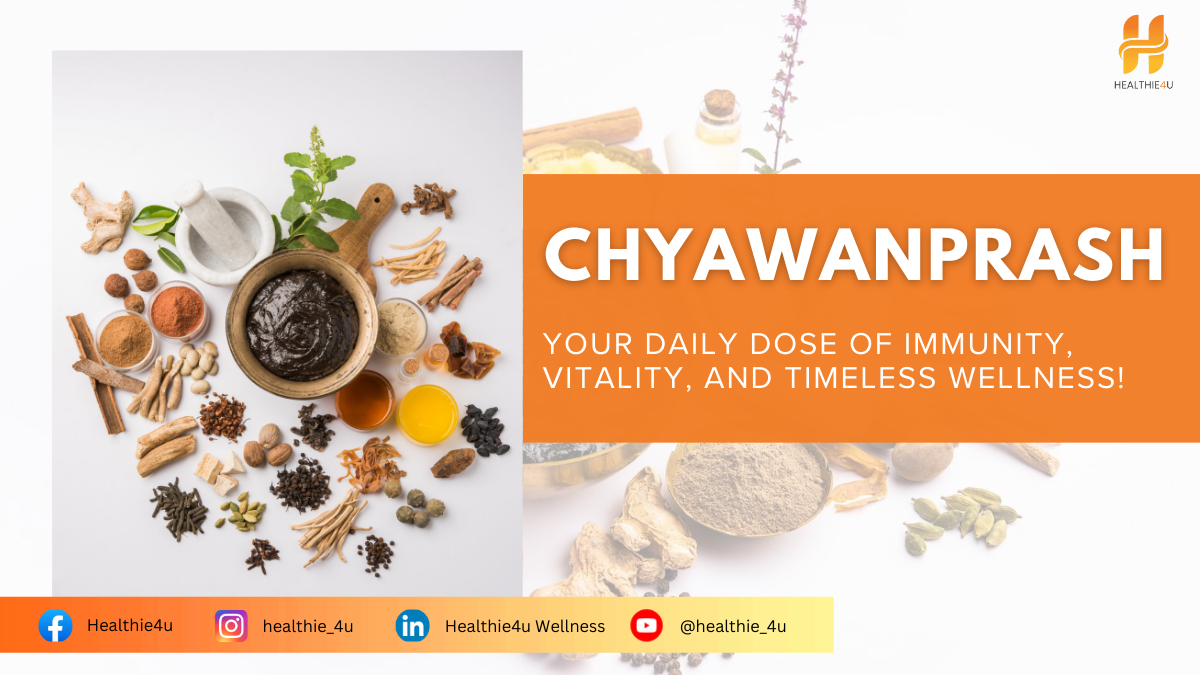
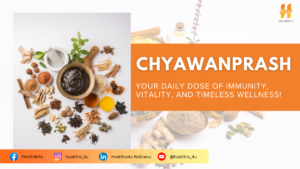
Chyawanprash is a famous Ayurvedic herbal mixture known for its many health benefits and special flavor. This traditional health tonic has been used in India for hundreds of years to refresh the body’s energy and improve overall health. It is especially valued for its ability to strengthen the immune system, enhance vitality, and support long life by nurturing the body’s natural defenses and energy reserves.
Chyawanprash is crafted from a powerful blend of natural ingredients such as Amla (Indian gooseberry), packed with Vitamin C and antioxidants, Jaggery, which purifies the body and provides an energy boost, and Almonds, which enhance brain health. Ghee aids digestion and helps the body absorb nutrients, while spices like Cinnamon, Fennel, Cumin, and Black Pepper promote digestion, strengthen immunity, and boost metabolism. Cloves and Star Anise offer antibacterial benefits, and Long Pepper supports overall vitality. Together, these ingredients work harmoniously to refresh and improve the body’s well-being.
Chyawanprash helps your body fight off sickness by boosting the cells that protect you from infections and keeps inflammation in control.
It helps your stomach feel better by reducing stress, which can upset your digestion. It can reduce bloating and make digestion smoother.
Packed with antioxidants, Chyawanprash helps protect cells from damage, slowing aging and reducing wrinkles and fine lines.
It gives you more energy and helps fight tiredness, so you can stay active and not get exhausted as quickly.
It helps keep your skin clear and young-looking by reducing wrinkles and acne. It also strengthens your hair, preventing hair loss and making it shinier.
It helps your lungs work better and reduces inflammation in your breathing passages, which can be helpful for conditions like asthma or bronchitis.
Chyawanprash is full of natural compounds that protect your body from stress and help keep your heart, brain, and cells healthy, lowering the risk of health problems.
By adding Chyawanprash to your daily diet, you provide your body with a rich blend of essential nutrients and antioxidants. Enjoy it in various forms, from simple spoonfuls to refreshing drinks. Make it a part of your routine for lasting health and longevity. The natural goodness of chyawanprash can help you lead a vibrant life.
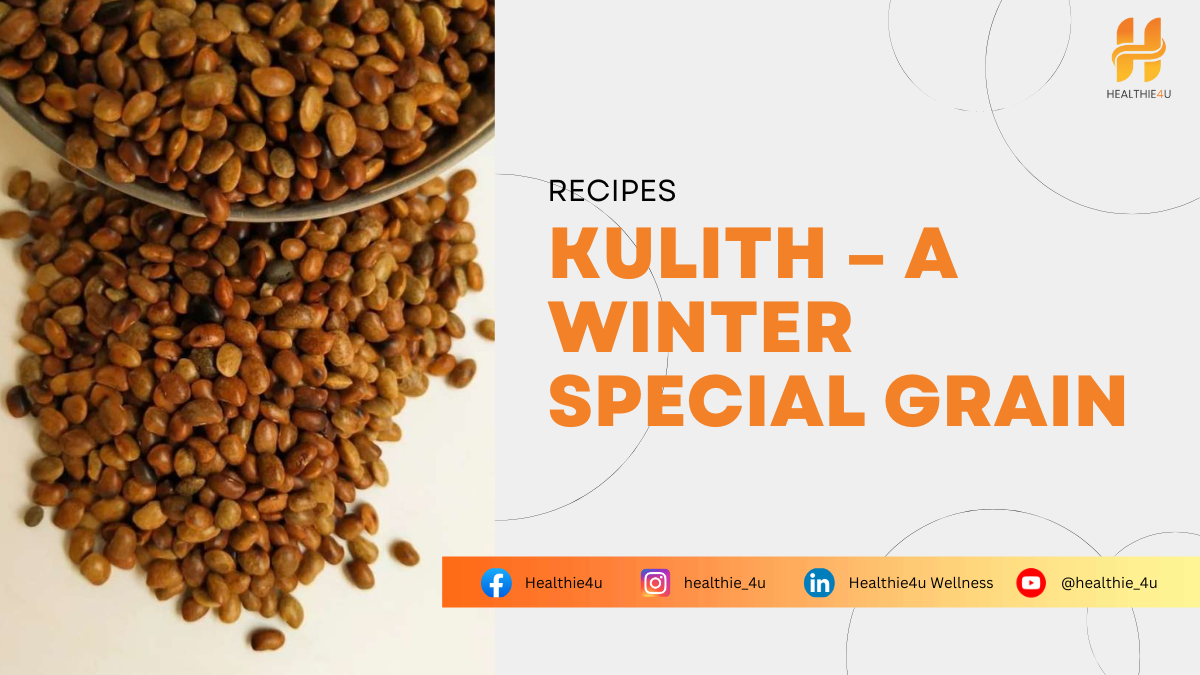
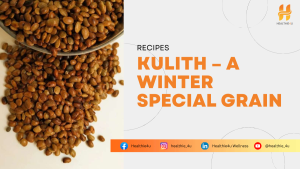
Kulith, also known as horse gram, is a type of legume popular in certain parts of India. It is known for its numerous health benefits and is often used in traditional Indian dishes. Kulith is rich in protein, iron, calcium, and dietary fiber, making it a nutritious food option. It is particularly valued for its potential to help manage conditions like kidney stones, aid in weight loss, and improve digestion.
It is commonly prepared in the form of soups, stews, and sprouts, or ground into flour for use in various recipes. In regions like Maharashtra and South India, it’s often cooked into curries or added to traditional dishes such as kulithsaar or kulithpithla.
Incorporating kulith (horse gram) into your diet can be both nutritious and versatile. Here are several ways to use kulith in your meals:
Kulith, vegetables (carrot, potato, beans), spices, and coconut milk (optional).
Boil soaked kulith with chopped vegetables. Add spices like turmeric and cumin, and finish with a splash of coconut milk for creaminess.
A hearty dish packed with vitamins and minerals.
Sprouted kulith, chopped vegetables (tomato, cucumber, onion), lemon juice, salt, and spices.
Soak kulith overnight and let it sprout for a day. Mix the sprouted kulith with chopped vegetables, squeeze lemon juice, and add salt and spices to taste. This salad is high in protein and fiber.
Soaked kulith, onion, garlic, ginger, tomatoes, turmeric, and spices.
Cook the soaked kulith in a pressure cooker until soft. In a separate pan, sauté onions, garlic, and ginger, then add tomatoes, turmeric, and other spices. Mix in the cooked kulith, add water as needed, and simmer for 15–20 minutes for a hearty curry.
Kulith flour, wheat flour, salt, water, and oil.
Mix kulith flour with wheat flour in a 1:1 ratio. Add salt and enough water to form a dough. Roll out flatbreads and cook on a hot pan with a bit of oil. This flatbread is nutritious and pairs well with any side dish.
Boiled kulith, mustard seeds, curry leaves, coconut, and spices.
Boil soaked kulith until tender. In a pan, heat oil and add mustard seeds, curry leaves, and chilies. Add the boiled kulith and toss with grated coconut and a pinch of salt. This makes for a protein-rich snack.
Always soak kulith for at least 8–12 hours before cooking to reduce cooking time and enhance nutrient absorption.
Pairing kulith with lemon or tamarind helps improve the absorption of its iron content.
While kulith is nutritious, it should be consumed in moderation as it can produce heat in the body.
These methods provide a variety of options to enjoy the health benefits of kulith in your daily diet!